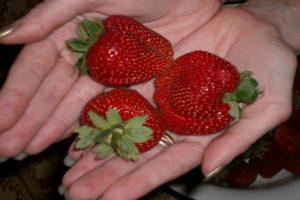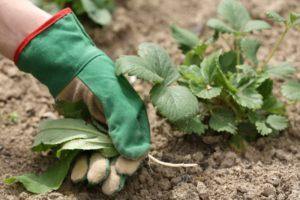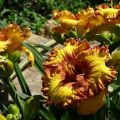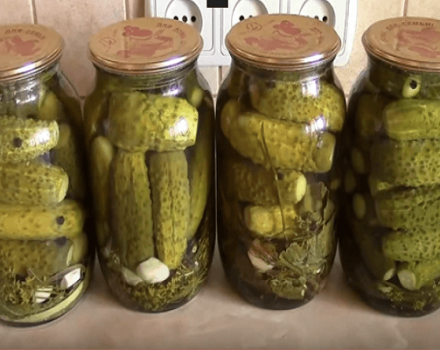Planting, growing and caring for strawberries in the open field in Siberia and the best varieties
Strawberries are a common garden crop grown by many summer residents. It is characterized by excellent taste. When planting a plant, it is recommended to take into account the climatic features of the region. When growing strawberry bushes in Siberia in open ground, you need to choose the right variety and provide quality care. In a region with harsh weather conditions, it is necessary to take care of the complete insulation of the plant.
The specifics of growing strawberries in Siberia
When growing garden strawberries in Siberia and Altai, it is necessary to take care of the high-quality insulation of the plant. At the same time, only zoned varieties are suitable for planting, which are able to withstand the harsh climate. It is permissible to grow southern crops only in greenhouse conditions.
In order for strawberry cultivation in harsh climatic regions to be successful, it is recommended to choose the warmest area for the beds. The best option would be a flat place or a small slope on the south side.
In Siberia, it is best to use a narrow-band, one-line landing pattern. Whiskers that sprout near a row are recommended to be rooted in place and form stripes. Their width should be 25-30 centimeters. Planting work is recommended in spring. If there is a threat of frost, young crops should be covered with spunbond, film or spruce branches.
The best plant varieties for this region
In order for the cultivation of a crop in areas with a harsh climate to give a result, it is recommended to choose the variety correctly.

Zoned
When choosing a culture, experienced gardeners recommend giving preference to special zoned varieties. They are bred specifically for cultivation in harsh climates.
Fairy
This variety has an average ripening period. It is specially designed for planting in Siberia. The culture is characterized by resistance to diseases and pests. The berries have excellent taste and aroma and can reach 40 grams. They have a truncated-conical shape. The key advantage is high yield. From 1 bush, you can get 1.5 kilograms of fruit.
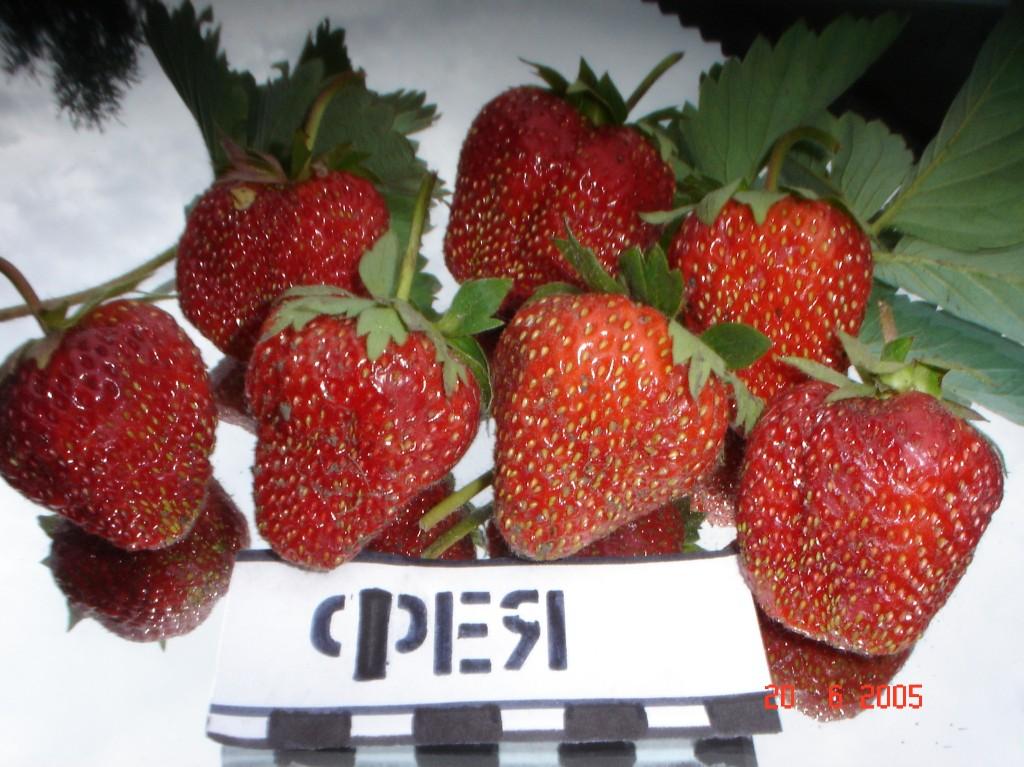
Festivalnaya
The advantage of the plant is considered to be tasty and juiced fruits of large sizes - they weigh 30 grams. The fruits are round-conical in shape. There are characteristic grooves on the surface. Fruit ripening is observed in July.Strawberries are characterized by excellent frost resistance parameters.
Mascot
The variety is unique. The berries are large and round-cylindrical. They weigh 20 grams. The fruits are distinguished by an average ripening period. The peak of fruiting is observed in early July. The yield parameters are at an average level and amount to 1 kilogram per square meter.
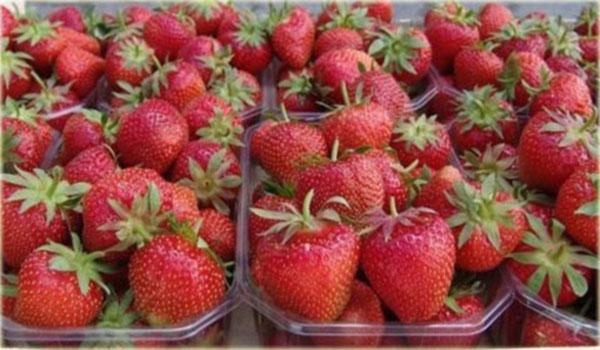
Lviv early
This variety is often chosen by professional gardeners and hobbyists. This is an early ripening culture, which is distinguished by the amicable ripening of fruits. This happens in late May or early June. Sourness and sweetness are felt in the taste of the fruit. The berries are large in size and weigh 30 grams. The plant is characterized by unpretentious care.
Omsk early
This is a common variety that is not afraid of frost. He practically does not suffer from pathologies and pest attacks. The berries are small. They, on average, weigh a little over 10 grams. Moreover, the fruits contain a lot of sugar and ascorbic acid. Also strawberries taste great. The bushes are compact in size. It is possible to get 1.3 kilograms of berries from 1 square meter.

Repaired
High yield parameters are considered to be the key advantage of such varieties. They are achieved through multi-stage berry ripening.
Queen Elizabeth II
This variety is perfect for Siberia. It is characterized by a high yield. From 1 bush, you can get 1.5 kilograms of fruit. The berries are large and weigh 40-80 grams. There are also fruits weighing 100 grams. They have excellent taste.
The plant is well suited for harsh climatic conditions as it is resistant to frost and parasites.
Lord
This strawberry has an excellent yield. It has large fruits and resistance to frost. The fruiting period is mid-early. In early July, fruits weighing 60-100 grams appear on the bushes. At the end of summer, strawberries give a second crop of a slightly smaller size.
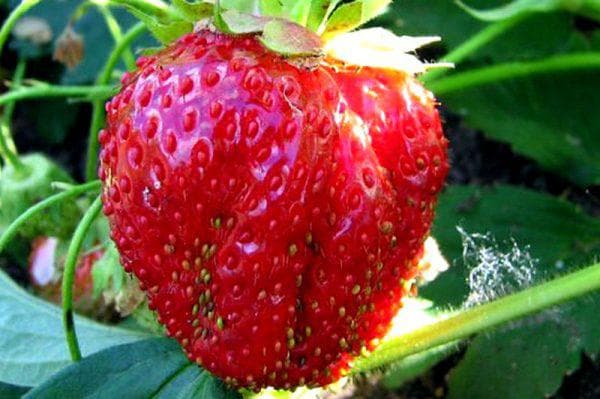
The plant should be planted in well-lit beds. Mulching the soil is of no small importance, which will help to avoid fruit rotting. With systematic watering and fertilization, it is possible to get 1 kilogram of berries from a bush.
Honey
This plant is suitable for growing in Siberia. Even in unfavorable conditions, it makes it possible to get a rich harvest. The first berries are harvested at the end of May. In the presence of a film cover, this process can be accelerated by several weeks. The second wave of the harvest is observed at the end of summer.
The key benefits of strawberries include high yields and great fruit taste. The berries are large. The bushes are frost-resistant.

Criterias of choice
For planting in Siberia, it is worth choosing winter-hardy plant varieties. Moreover, the culture must meet the following criteria:
- the ability to grow quickly and yield crops;
- high resistance to frost in winter and lower temperatures in spring;
- the ability to bear fruit in a short daylight hours;
- resistance to fungi, decay processes, parasites;
- great taste.
For planting, it is recommended to choose several varieties of strawberries that differ in terms of fruiting time. This will help you harvest your crops consistently. Many plant species for Siberia have an early or medium fruiting period. Remontant varieties are very popular, which yield from June to the beginning of frost.

Growing and caring for northern strawberry varieties in the open field
A rather harsh climate is characteristic of Siberia. Therefore, when cultivating strawberries, it is worth strictly observing agrotechnical recommendations.
Site selection and soil preparation
Strawberries should be planted in the brightest and sunniest place. The best option for a plant will be loose soil, which contains a lot of humus.At the same time, the culture does not tolerate a large amount of moisture. Therefore, she needs high-quality drainage. You should not plant strawberries in beds with high groundwater levels. It is best to plant it on level ground or low elevations.
When planting a crop, it is worth following the rules of crop rotation. The plant is strictly forbidden to plant after crops from the Solanaceae family. To achieve a stable yield, it is worth placing green manure before planting a plant in the garden. It is not recommended to grow a crop in the garden for more than 3 years.
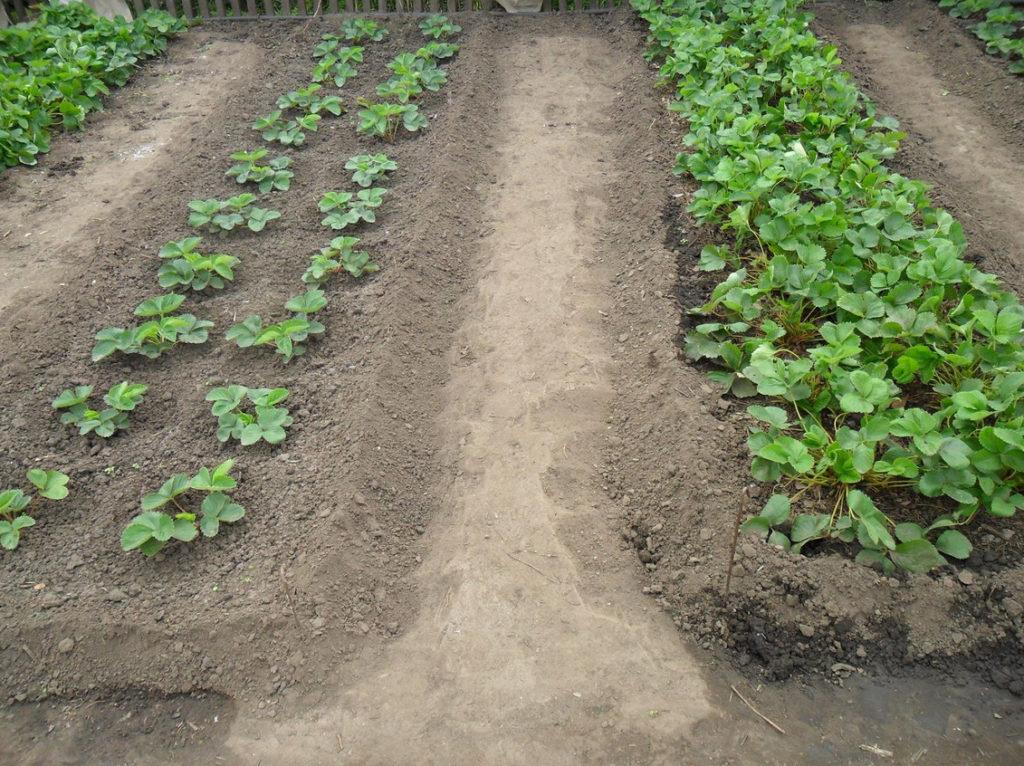
It is recommended to prepare the soil before planting. Strawberries need fertile soil. For spring planting, garden plants should be prepared in autumn. It is recommended to add compost, humus or other organic matter to the soil. Wood ash is an excellent option.
The soil should be loose. Good drainage is essential. You should also pay attention to the acidity parameters. They should not be higher than 6.5 pH. It is recommended to dig up the soil and add manure or compost 10-14 days before planting. Immediately before planting, the beds are loosened to a depth of 15-20 centimeters.
When to plant strawberries?
In Siberia, it is permissible to plant strawberries in spring or autumn. In the spring, planting works are carried out from the end of April to the first half of May. Autumn planting is called from the end of July to the first half of August. Compliance with such deadlines helps the culture to grow stronger before the arrival of cold weather.
Planting the plant later in the spring can cause the bushes to dry out. If you plant a culture later than August 10, it will not have time to adapt and get stronger. In the spring season, at the time of planting work, the temperature regime should exceed +8 degrees, which will ensure sufficient heating of the soil.

Landing scheme and technology
Planting work is recommended to be carried out in cloudy weather. You should first moisten the soil. When planting, the distance between the rows should be 60-80 centimeters, and between the bushes - 15-25. It is recommended to place the seedlings in the grooves so that the roots are vertical. In this case, the root collar should be placed at the same level with the ground.
After the completion of planting work, it is recommended to cover the soil with a mulch layer. Peat or humus is suitable for this. When planting in spring, the seedlings should be covered with foil for 10-14 days.
Watering and feeding
To get the expected amount of berries, it is recommended to water the strawberries regularly. Timely soil loosening is also important. The amount of water should be selected taking into account the amount of precipitation. In rainy weather, it is recommended to cover the bushes with a special film during flowering and fruiting. This helps keep the plants free from fungi. Soil moisture parameters are selected taking into account the type of soil. For sandy soil, they should be 70%, for clayey - 80%.
It is recommended to water the strawberries in the morning so that the moisture is fully absorbed. Evening watering is also acceptable. 1 plant requires 0.5 liters of water. After planting, the bushes are recommended to be moistened every day for 2 weeks. Then this procedure is carried out with an interval of 2-3 days.
On average, it is recommended to water the plant 1-2 times a week. The culture requires rare but abundant watering. Frequent irrigation of strawberries is contraindicated. It is recommended to increase the volume of water in hot weather. Do not use too cold water to water the plant. For large beds, drip irrigation is perfect, which ensures uniform planting moisture.
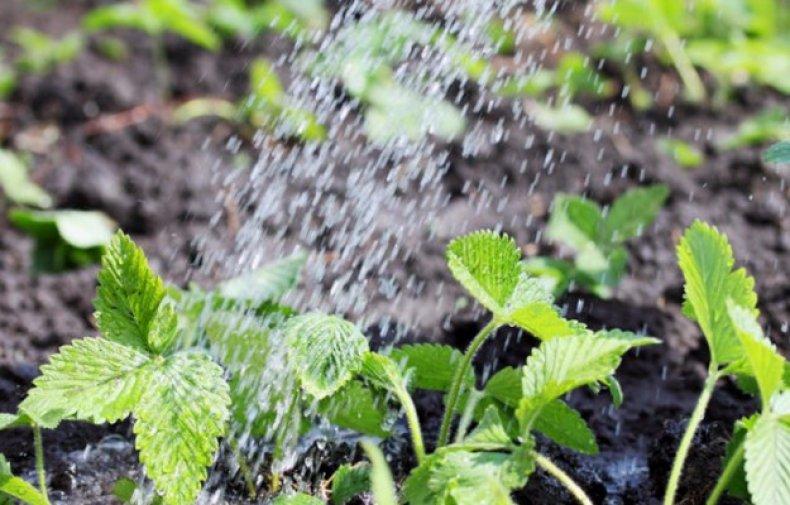
It is recommended to feed strawberries in several stages:
- In the spring, the plant should be fed with a solution of bird droppings. To do this, it is recommended to mix 200 grams of the product with 10 liters of water, insist for a day and pour it under the root. It is permissible to add 10 grams of nitroammophoska to the composition.
- At the stage of ovary appearance, the culture needs a mullein solution. For this, rotted manure is used. It is worth insisting for several days.
- In summer, it is recommended to feed the culture with potassium. This substance improves the taste of the fruit. This element is present in humus and ash.
- In the fall, the culture should be fed with mullein. It is recommended to add potassium sulfate to the solution of the product. Superphosphate is also suitable. A maximum of 30 grams of minerals are used per 10 liters of water.
Pruning
In the process of development, a mustache appears on strawberry bushes. They are long branches that contribute to the growth of the culture. Thanks to the mustache, it is possible to get seedlings. If the shoots are not cut off in time, the plantings will become thickened. This will negatively affect the yield parameters.
The plant gives the maximum whiskers after fruiting. In this case, excess shoots must be removed immediately, since the culture spends a lot of energy on them. It is also worth getting rid of dried leaves and stems. It is important to leave only those shoots that are planned to be used for seedlings.

The mustache should be trimmed in the spring, before flowering, and in the fall, after harvest. Work is recommended to be carried out in dry, calm weather. This should be done in the morning and evening. You need to cut off shoots with pruning shears. It is also permissible to use scissors.
Preparing the plantation for winter
There are many ways to prepare a plant for winter. In Siberia, strawberries can be transplanted into pots and kept in a cool place. In this case, the temperature regime should be at least + 2-8 degrees. Humidity parameters should be 90%.
An easier way is to store the bushes directly on the site. To do this, at the end of the season, it is recommended to cut them, feed and moisturize them well. Then the beds should be covered with organic products or agrofibre. Then insulate the plantings with spunbond. Apply a mulching layer on top and sprinkle with snow 10 centimeters thick. Growing strawberries in Siberia has a number of features. To succeed in this, it is recommended to choose the right variety and provide it with quality care.
